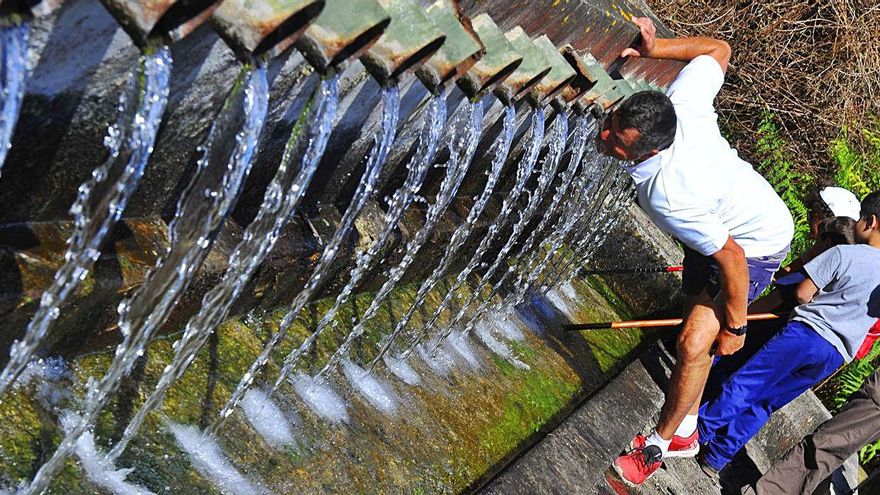
«The problem is in the pipes that make the water escape through their fingers. The solution is not to put more water in systems that lose most of it, “he warns. Leaks waste 65% of the water in El Tanque and San Juan de la Rambla, 56% in La Guancha, 55% in Los Silos, 38% in Buenavista and 32% in Garachico. Some yields in the supply networks that, in Rodríguez’s opinion, “are really poor, since we are talking about municipalities that lose two out of every three liters of water.”
“They buy water from the owners of wells and galleries, with public resources, to later lose most of it in supply networks that are totally inefficient”Rodríguez censors, who adds that the Tenerife Island Water Council “is aware of this problem and is at the disposal of the municipalities to offer technical advice and also to invest and collaborate.”
“Some of the municipalities in the northwest of Tenerife have a daily supply of around 500 liters per inhabitant. And that does not mean that each neighbor has an Olympic-size swimming pool in their house, but that water is lost in the transport system, so it does not make sense that in a climate emergency context we ask to invest in obtaining more water when these resources they exist and, simply, we are being inefficient in the transport ”, he warns.
Javier Rodríguez remarks that “despite being a purely municipal competition, from the Cabildo de Tenerife we have awarded a contract of 2.1 million euros to place meters and flow meters in all the incoming and outgoing warehouses of these towns. There are about a hundred accountants that will allow us to know where the losses are occurring to notify the municipalities so that they take the appropriate measures as soon as possible.
According to Rodríguez, one of the keys to this serious problem is that these municipalities “continue to manage the network with the plumber’s culture and have not invested in engineering, remote control or remote control.” Six of the seven municipalities in the Northwest share, in addition to a high percentage of water losses in their network, a direct management system. The insular councilor for Sustainable Development understands that this management system is part of the problem, since in localities with networks in the hands of specialized companies that percentage of losses “is much lower.” In Puerto de la Cruz, for example, it is 16%, and in La Laguna it is around 14%.















